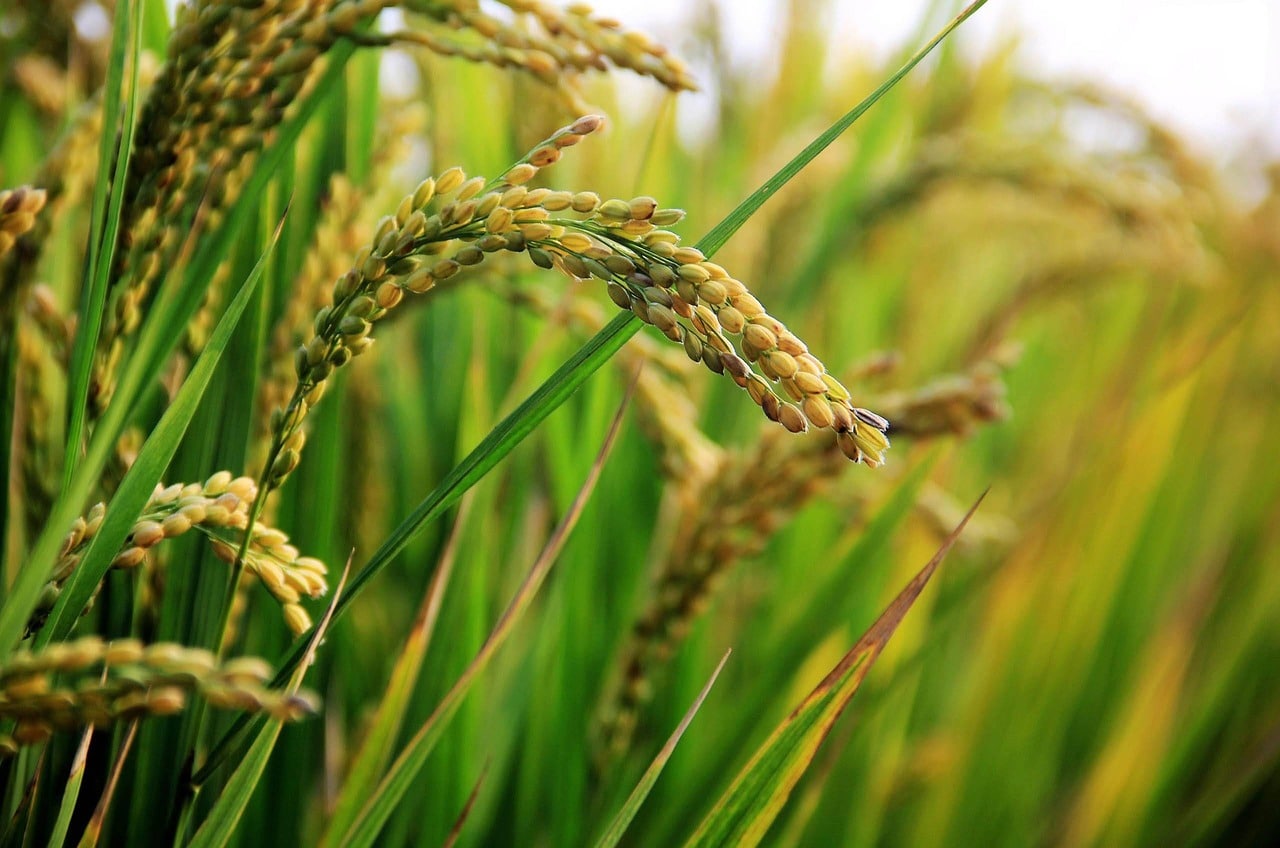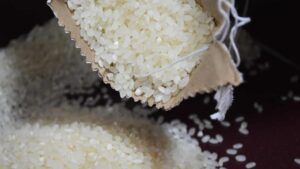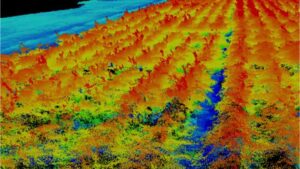Rice researchers at the Texas A&M AgriLife Research Center at Beaumont have taken rice cultivar selection and breeding to the next level with a project that employs aerial vehicle (UAV). The team will utilize UAVs to take real-time snapshots of rice crops, withdraw crop phenotypic traits from those images and analyze the information to reveal high-yielding rice genotypes, shared a news release from Texas A&M AgriLife.
Researchers hope to avoid one of the major hurdles in data gathering — the work-intensive and time-consuming procedure of manual field data collection through skilled labor. Yubin Yan, senior biosystems analyst at the Beaumont center, will lead the project with funds provided by a three-year grant of $650,000 from the USDA’s National Institute of Food and Agriculture (NIFA).
Key Research Objectives:
- Calculate the key phenotypic traits for rice growth and development.
- Record UAV images of rice genotypes at crucial rice growth stages.
- Create advanced image processing algorithms to withdraw major phenological, morphological and architectural traits.
- Generate a digital rice selection system to screen for best-performing genotypes using data integration with multi-trait decision making.
The New Wave of UAV Technology
“Traditional manual measurement of rice phenotypic traits is very, very time consuming,” shared Yang. “It’s becoming more and more challenging to hire qualified experienced staff. UAV technology and advanced image processing could potentially provide a cost effective and reliable alternative. We can use UAVs to capture rice images at key growth stages and develop algorithms to extract different phenotypic traits for hundreds or even thousands of rice genotypes.”
Multiple UAV flights will be executed throughout the rice crop season to capture thousands of UAV images, as well as ground truth information. Different camera angles will be utilized to help analyze stand establishment, as well as gaps between plants.
“A considerable amount of data will need to be integrated and analyzed,” Yang added. “This is the first year of the project and is a learning process for us. Timely capture of UAV images for early rice growth has been challenging due to the small size of the rice seedlings and windy weather conditions. There’s a limited window when you can fly.”
The team will also work to develop machine-learning algorithms that can identify key traits and determine the best-performing rice genotypes. The project will focus on pivotal phenotypic traits including stand establishment, biomass growth, final grain yield and phenological development.
“We will be developing automated algorithms that can extract phenotypic traits from UAV images taken at critical rice stages, including seedling, tillering, flowering, grain filling and maturity,” Yang said. “The digital rice selection system will be developed through integration of multiple traits to identify best performing genotypes.”
Researchers believe another feature of UAV technology could be to monitor plant growth for nitrogen control and disease detection, explained Fugen Dou, fellow AgriLife Research scientist.
“This proposed project represents a major effort in delivering an integrated UAV imagery-based decision-making system to rice breeders and researchers,” concluded Yang. “It will be an indispensable tool to greatly improve rice breeding and phenotyping efficiency.”
Read More About Rice Advancements:
New Mid-Density SNP Panel Developed for U.S. Rice
Researchers in Japan Reveal Tools to Enhance Rice Production
Filipino Researcher Discovers Gene for Drought Resistance in Rice













